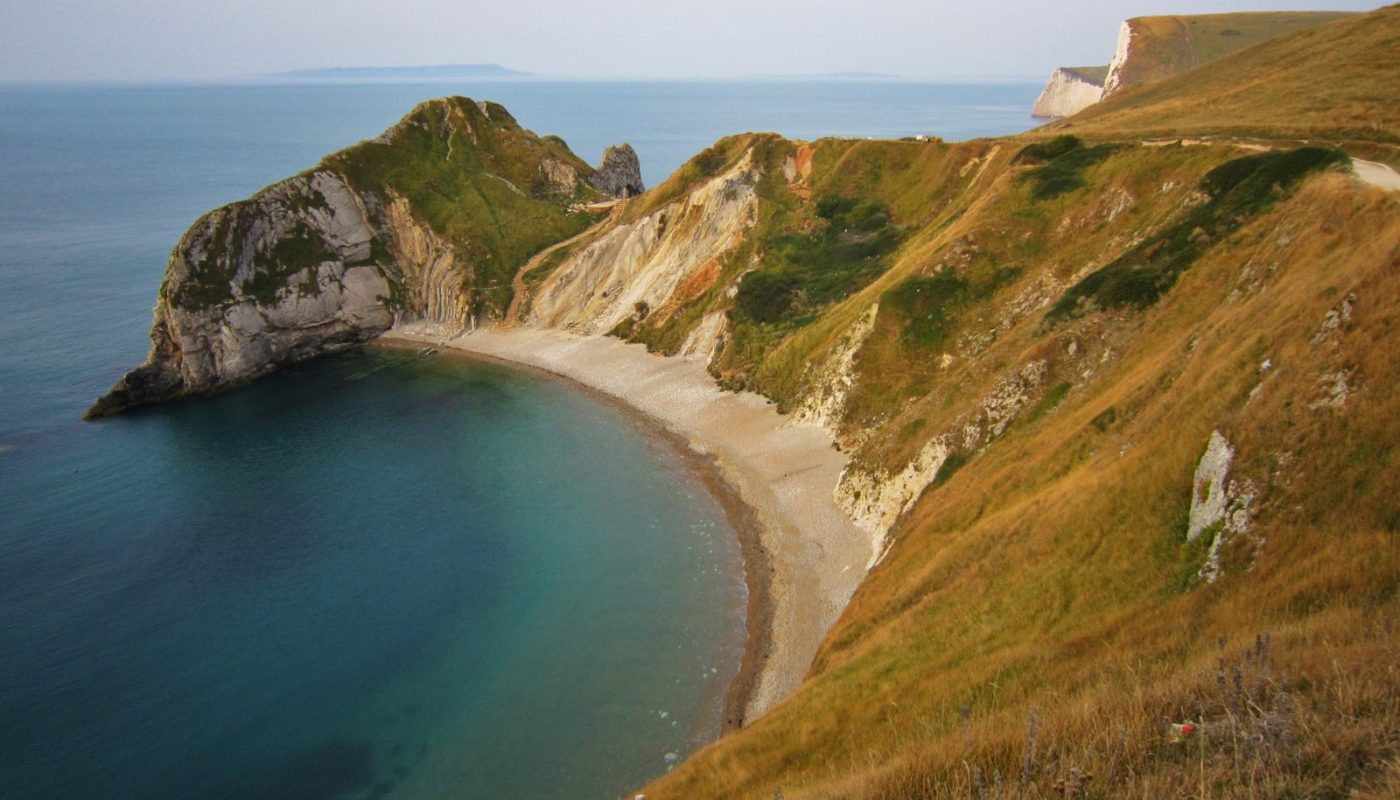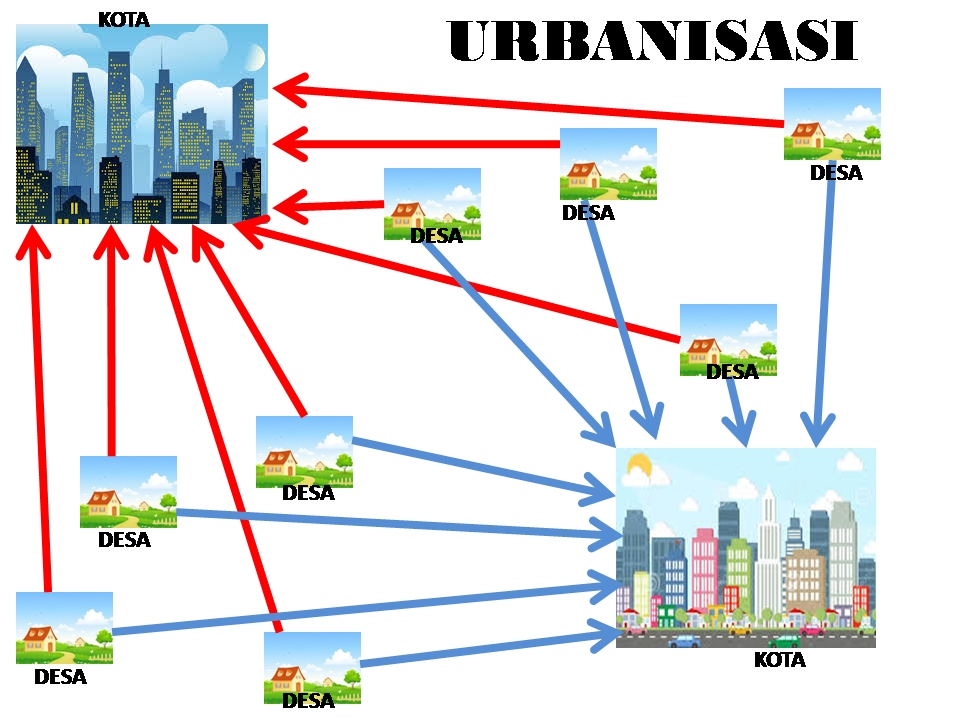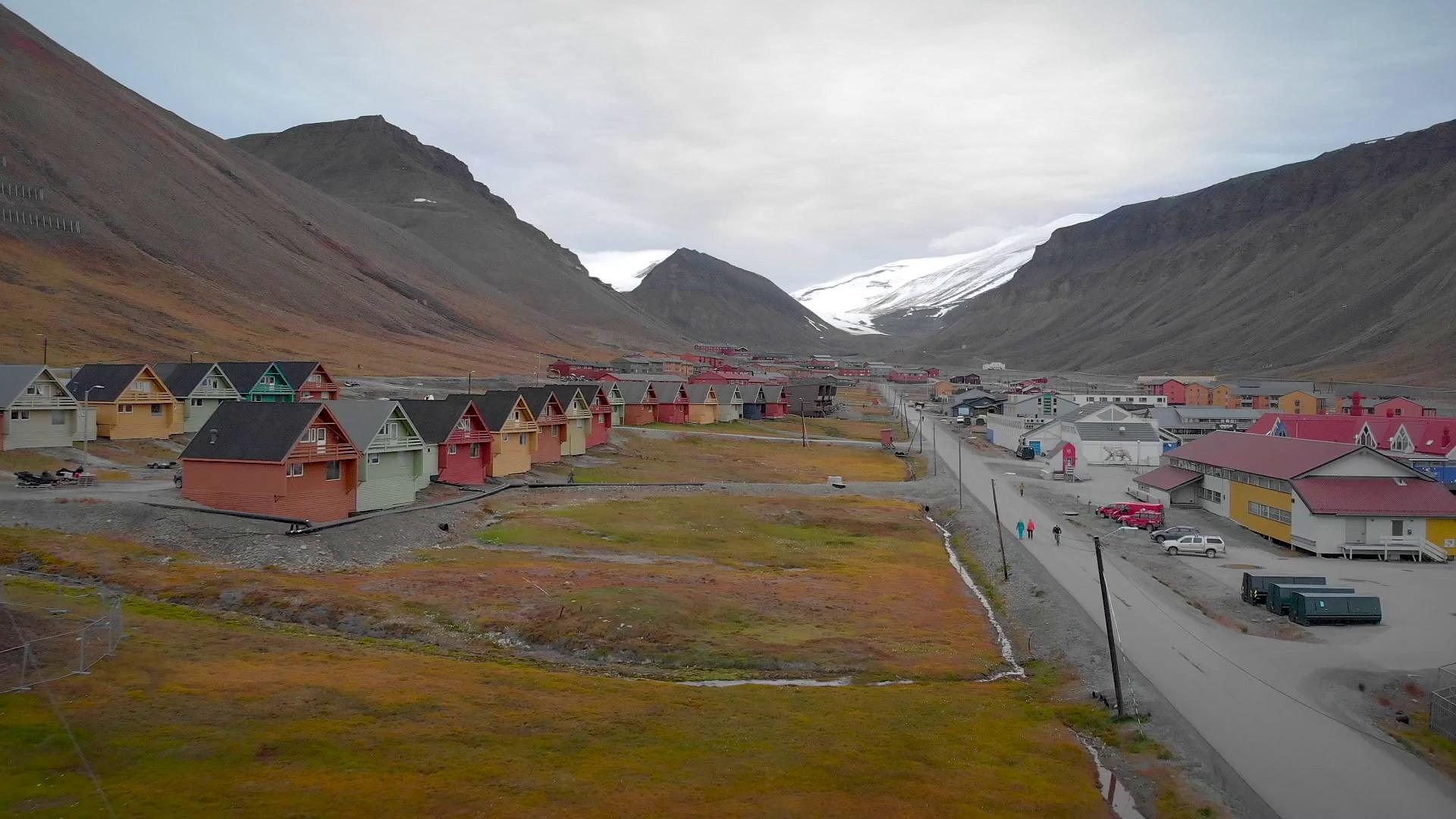Coastal landscapes are undergoing dramatic transformations, not simply by erosion or human interference, but through a phenomenon called climate-driven geomorphology—an intersection of physical geography and climate science. Rising sea levels, intensified storm surges, and shifting precipitation patterns are carving coastlines in unprecedented ways. This illustrates expertise, as climate scientists and physical geographers collaborate to quantify how warming trends alter sediment dynamics, shoreline retreat, and tidal marsh expansion.
For local communities—especially those in low-lying regions—the experience of shifting coastlines has real-world consequences: homes abandoned, new wetlands forming in once-dry zones, and ancient archaeological sites washed away. In Bangladesh, for example, retreating riverbanks have displaced entire villages, while in parts of the U.S. Atlantic coast, beaches daily lose meters to high tides. These stories underscore geography’s human impact, bringing scientific studies to life through lived narratives and underscoring the trustworthiness of the findings by tying them to visible changes on the ground.
To enhance authoritativeness, it’s vital to reference authoritative sources—such as peer-reviewed studies in journals like Nature Geoscience or reports from the Intergovernmental Panel on Climate Change (IPCC)—and cite case studies across continents. Presenting data from coastal monitoring programs or satellite imagery further anchors claims in verifiable evidence. This thorough, transparent approach ensures readers understand not only that climate-driven geomorphology is reshaping our world—but also how and why it matters.




